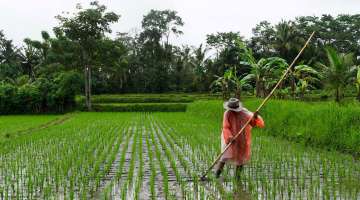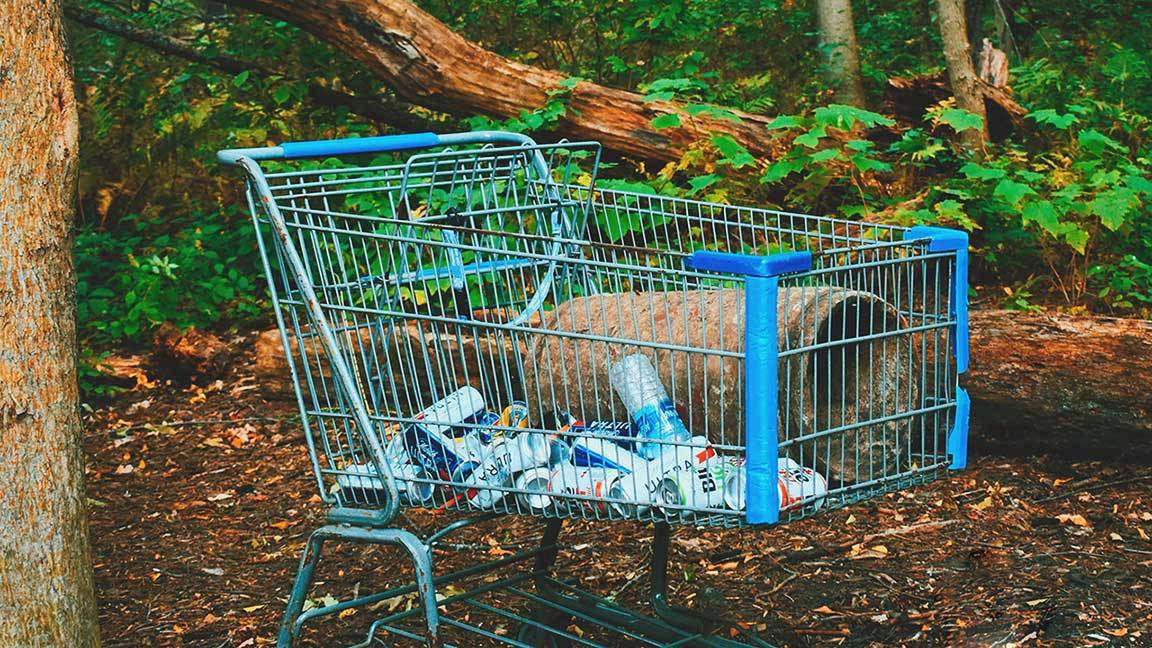POSTED Dec 09, 2022 - 12:03 PM
Circular Economy Framework 101
Following a circular economy framework can better help businesses on the path towards sustainability
The 21st century—contrary to the “Back to the Future II” premise of self-tying shoes, hoverboards, and flying cars—has seen a lot of natural catastrophes due to global warming and climate change. While pollution and the environmental degradation it causes play a large role in disaster risks, the impact of the linear economy shouldn’t be overlooked. To let the planet truly breathe, the linear economy has to go and be replaced with something more sustainable: the circular economy framework.
But what is it and how do we start?
Defining the circular economy framework
The circular economy is, by design, regenerative and restorative. At the heart of this framework are efficiency, competitiveness, and resilience that are meant to effectively use materials and energy in a way that retains their value.
This framework entails a long-term vision that is one of the pillars of the European Green Agreement and is also in the pipeline for the ASEAN Economic Community.
According to Forbes, the world is seeing the first steps toward the circular economy. This global shift seeks to get rid of waste and prolong resources. In short, sustainability.
The need for an urgent shift
Adapting to a circular economy is a necessity at this point. In a WeForum report, more than 60 percent of the world’s resources are being used. This is more than what it can regenerate every year.
Moreover, the linear take-make-waste system shows that humans are simply wasting too much. The over 2.5 billion tons of solid waste produced is expected to increase to 3.4 billion tons by 2050.
Too much waste is also being emitted with about 45 percent of emissions caused by the production of clothes, shoes, cars, food, and other products.
Why businesses should get ready
Thankfully, consumers are willing to pay more for innovation that is good for the environment, which is why businesses have to be prepared to make the switch to a circular economy. Plus, more and more consumers are becoming aware that consumerism is a threat to society’s survival.
The road toward sustainability is a global effort. Consumers are now choosing brands who are embracing the circular economy, such as IKEA, Nike, Burger King, Adidas, The North Face, and more.
Social responsibility is at the core of every business. It is no longer just a public relations stunt that brands need to pull every now and then; it is a necessity. Now is the time to act. Hopefully, more businesses make the first few steps to make the circular economy come to life from a mere framework.
For more information and news on businesses and entrepreneurship, visit IFEXCONNECT.
Read more

What is climate-smart agriculture and how will this help the Philippines?
Climate-smart agriculture isn’t a new concept for the Philippines. Here’s how this is being incorpor... Learn More

The essential role of seaweed in food security and sustainability
Coastal communities have turned to seaweed to sustain both ecosystems and local economies Learn More

How to make offices more sustainable
Creating a sustainable office space doesn’t have to be complicated. Here are some factors to conside... Learn More

The era of timber buildings has begun in PH
Timber is making a comeback in the construction industry because of its stable strength, durability,... Learn More
